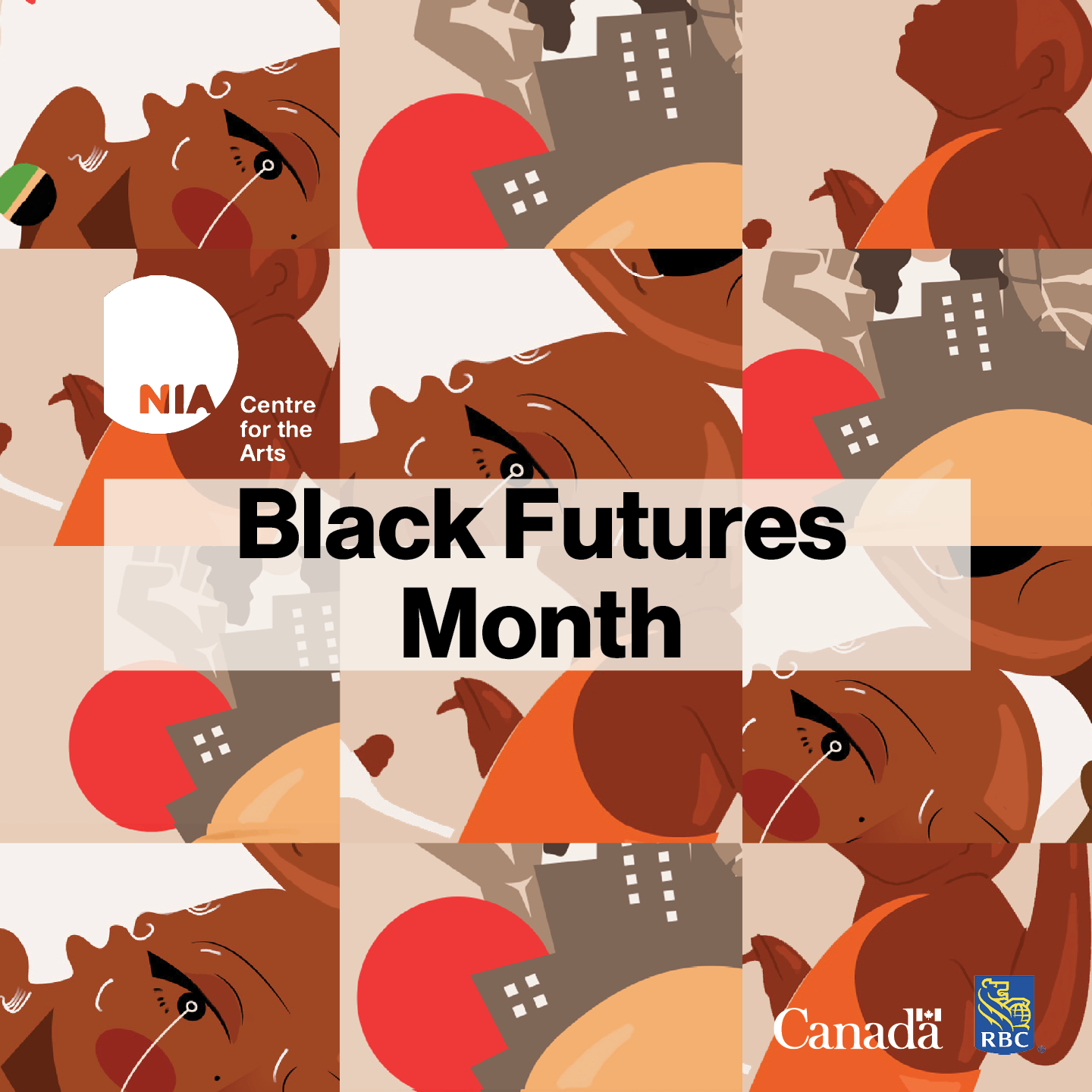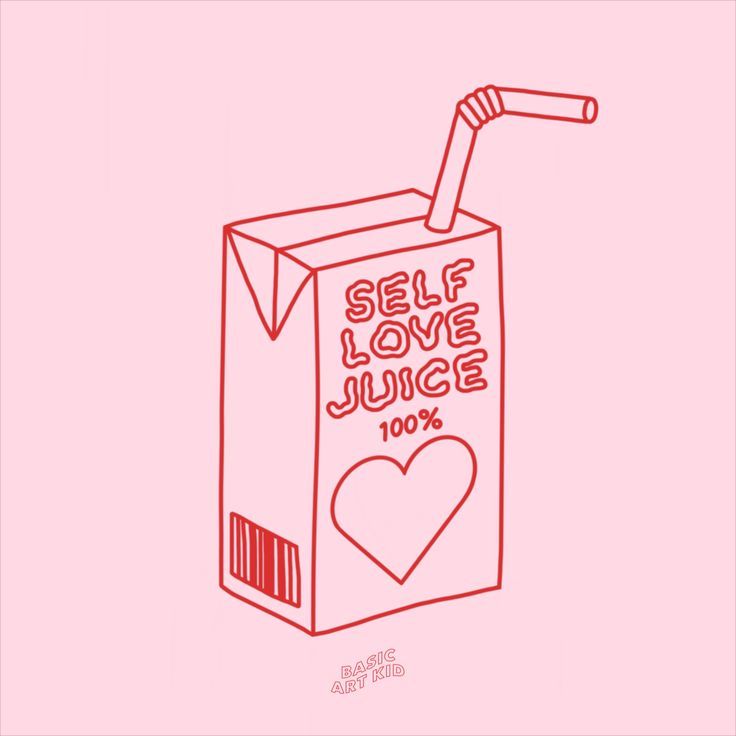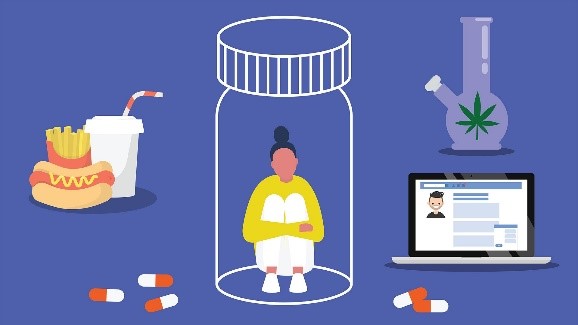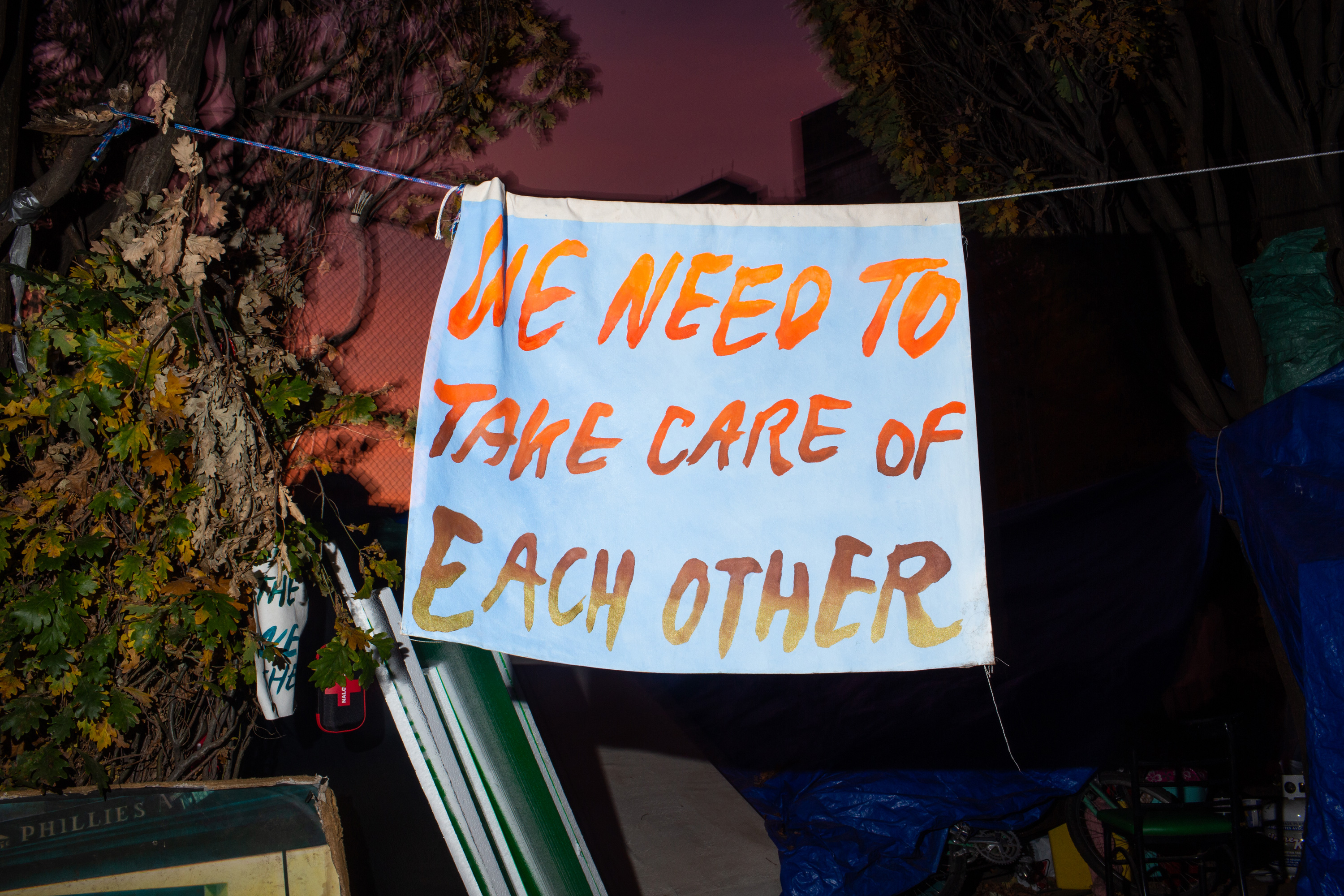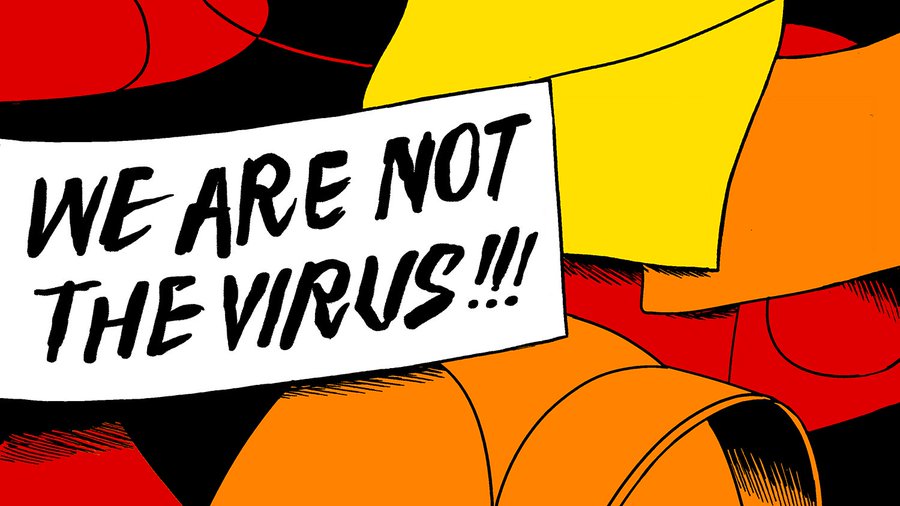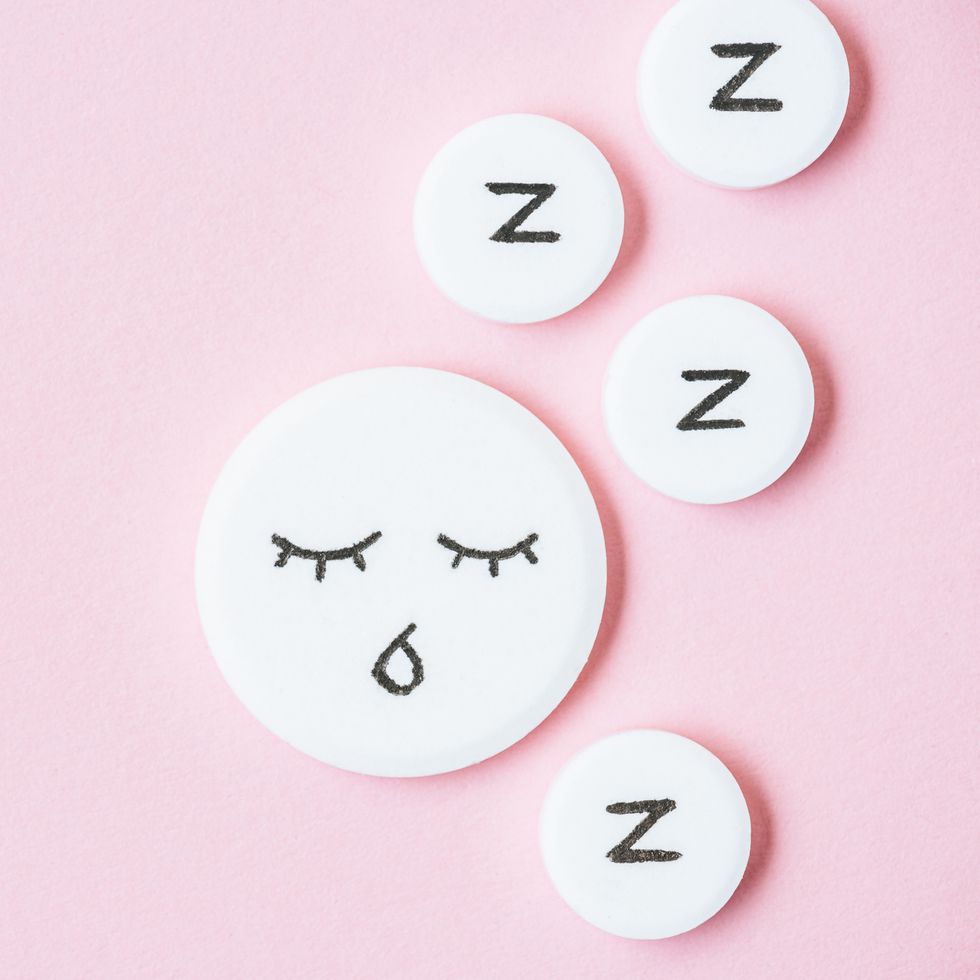What is something that you know that you think the world needs more knowledge of?
For me it is BREATHWORK. Breathing… everyday breath.
Seems silly? Yes. But also, the work of our breath is so important and sometimes we forget to just catch our breath.
When going through a stressful day, we need to calm ourselves down with breathing. When anxiety begins to rise, we need to focus on our breathing. If we feel trapped, we need to lengthen our breathing.
Breathing is a part of our everyday living, but the way we use techniques actually can help us better our mental health, but also depending on the length of breath you can change your energy from calm to awake or vice versa.
Our nervous system is made up of two factors: the sympathetic nervous system and the parasympathetic nervous system. Our SNS is involved with excitement, flight, fight or freeze. Whereas our PNS is calm, relax, rest and digest.
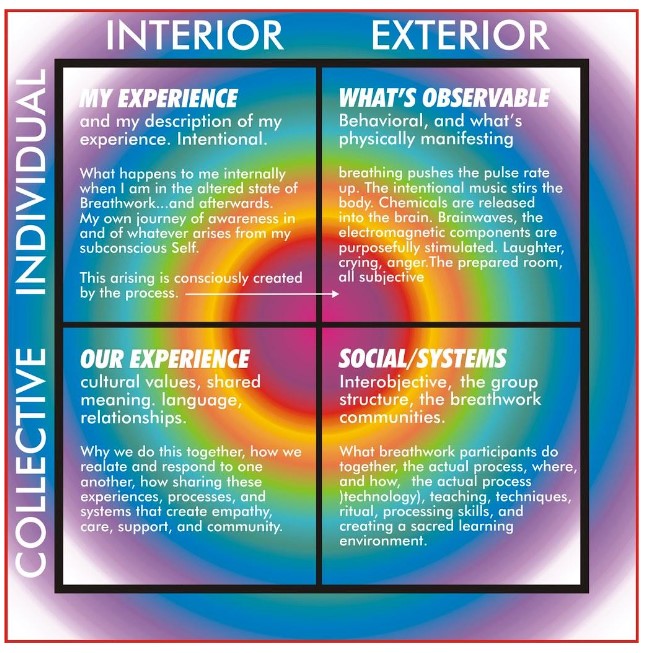
While using the breathwork system and focusing within our breath we are able to create either more energy, relaxation or just simple balance.
You want to keep it simple. Box breathing is a great technique to come back to the present moment. This is where you imagine there are 4 points (like a box). You’d breathe in for 4, hold for 4, breathe out for 4 and hold for 4, then repeat. You would repeat this until you have come back to center and a stillness wave.
When learning how to regulate our nervous system, we are developing a connection between our mind and body.
When using drugs, we sometimes have outer body experiences. This may be great for some, but others may not enjoy. It is keen to remember the power of breathing to bring us back to our center. If feeling overwhelmed, use the box breathing technique. Take longer breaths to calm your nervous system.
If you are out and trying a sober night but need energy, quicker breaths will form a more upbeat rhythm to keeping us awake.
We use our breath to survive.
Breathe In. Breathe Out.
By: Nicole N, a Trip! Peer
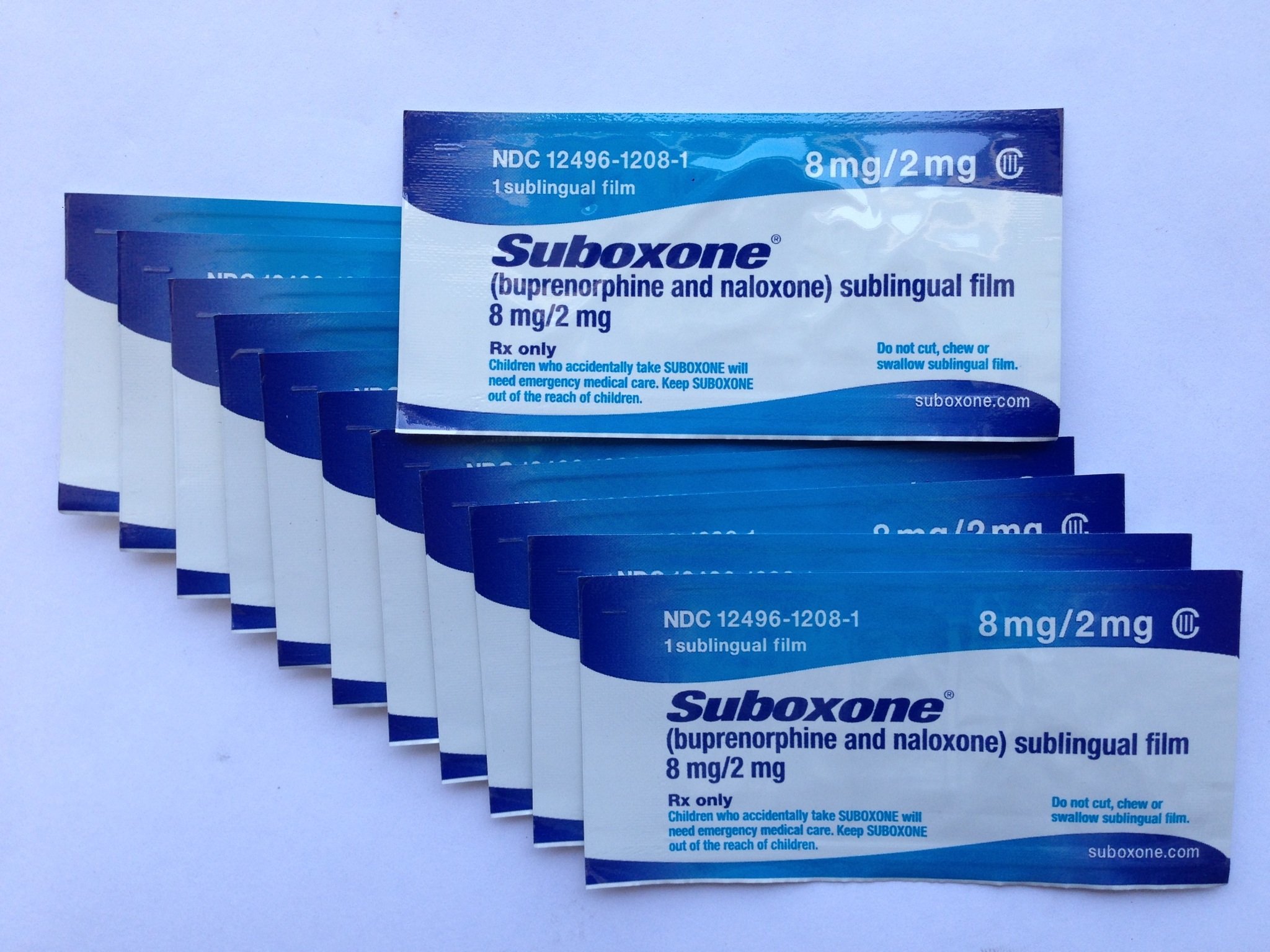

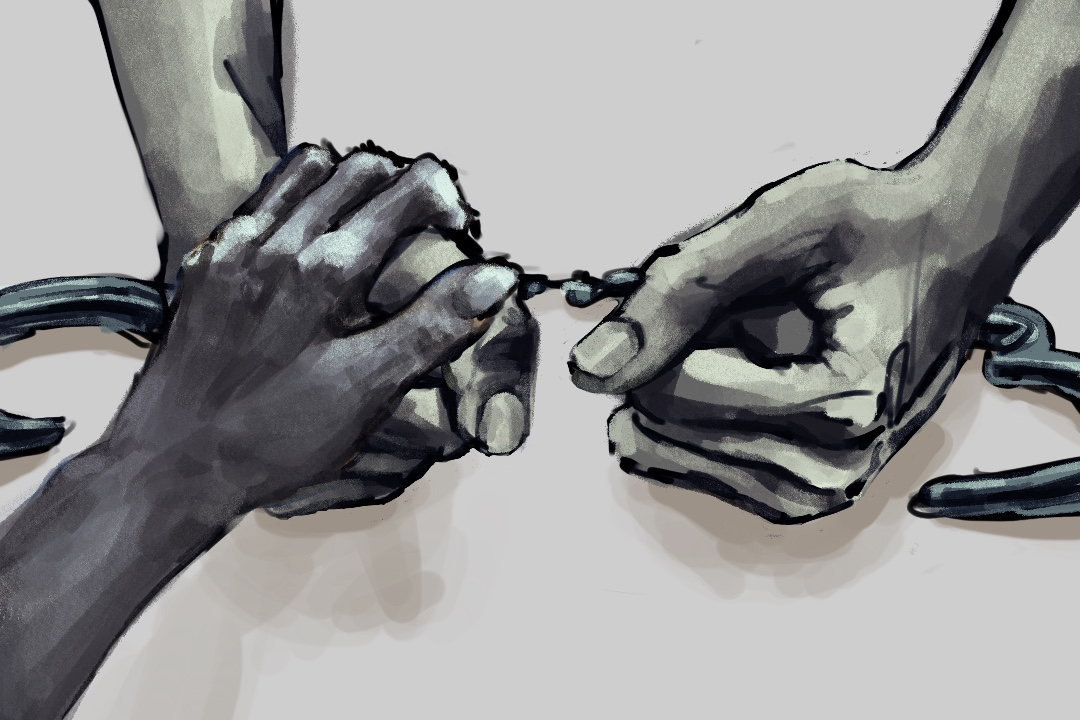
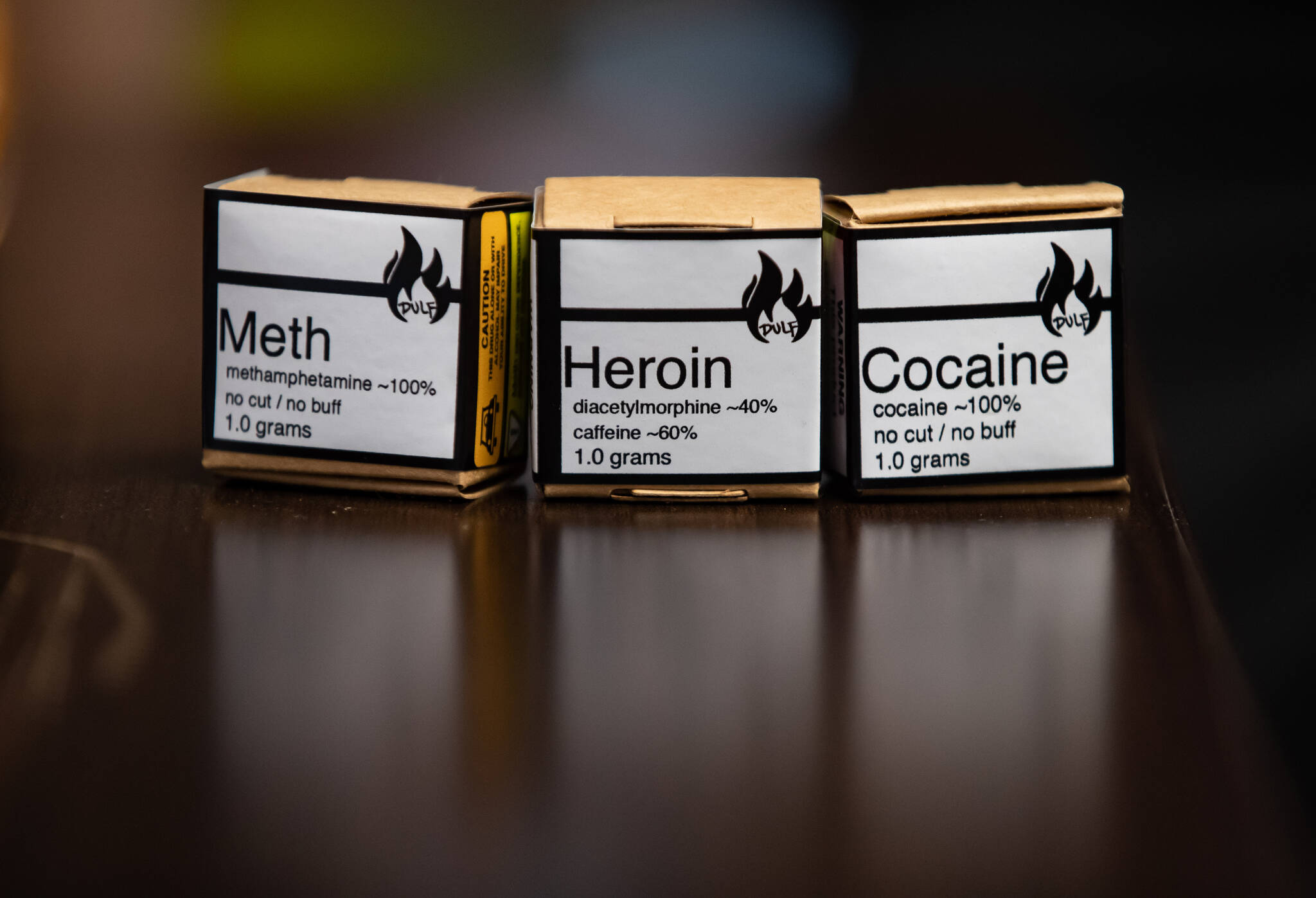 This is definitely a step in the right direction! We know that any forward movement in decriminalizing substances helps to decriminalize and destigmatize those who use drugs. BC overall, and Vancouver more specifically, have both been leading the charge in the country towards this end with the introduction of a
This is definitely a step in the right direction! We know that any forward movement in decriminalizing substances helps to decriminalize and destigmatize those who use drugs. BC overall, and Vancouver more specifically, have both been leading the charge in the country towards this end with the introduction of a 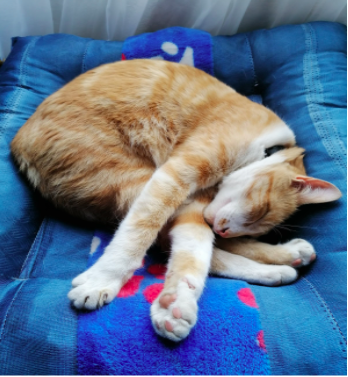
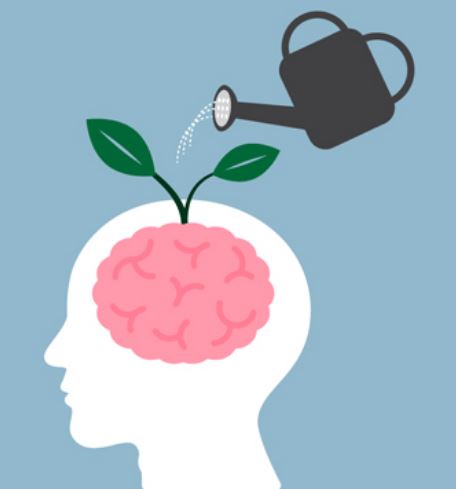 rological aspects of ADHD. Harm reduction exists in many facets of life, and can take on many forms. Here at Trip! Project, one of the ways we practice harm reduction is through the spreading of knowledge and awareness of various substances, and phenomena related to taking/using these substances. The idea behind this is that knowledge is power! Having an awareness and understanding of the substances we take and the ways in which they interact with our brains is one way to make more informed and hopefully safer choices when it comes to substance use. The same can be said about our own brain chemistry and structure! Knowing how or why we experience the things we do can help us make informed choices and take better care of our brains.
rological aspects of ADHD. Harm reduction exists in many facets of life, and can take on many forms. Here at Trip! Project, one of the ways we practice harm reduction is through the spreading of knowledge and awareness of various substances, and phenomena related to taking/using these substances. The idea behind this is that knowledge is power! Having an awareness and understanding of the substances we take and the ways in which they interact with our brains is one way to make more informed and hopefully safer choices when it comes to substance use. The same can be said about our own brain chemistry and structure! Knowing how or why we experience the things we do can help us make informed choices and take better care of our brains. 